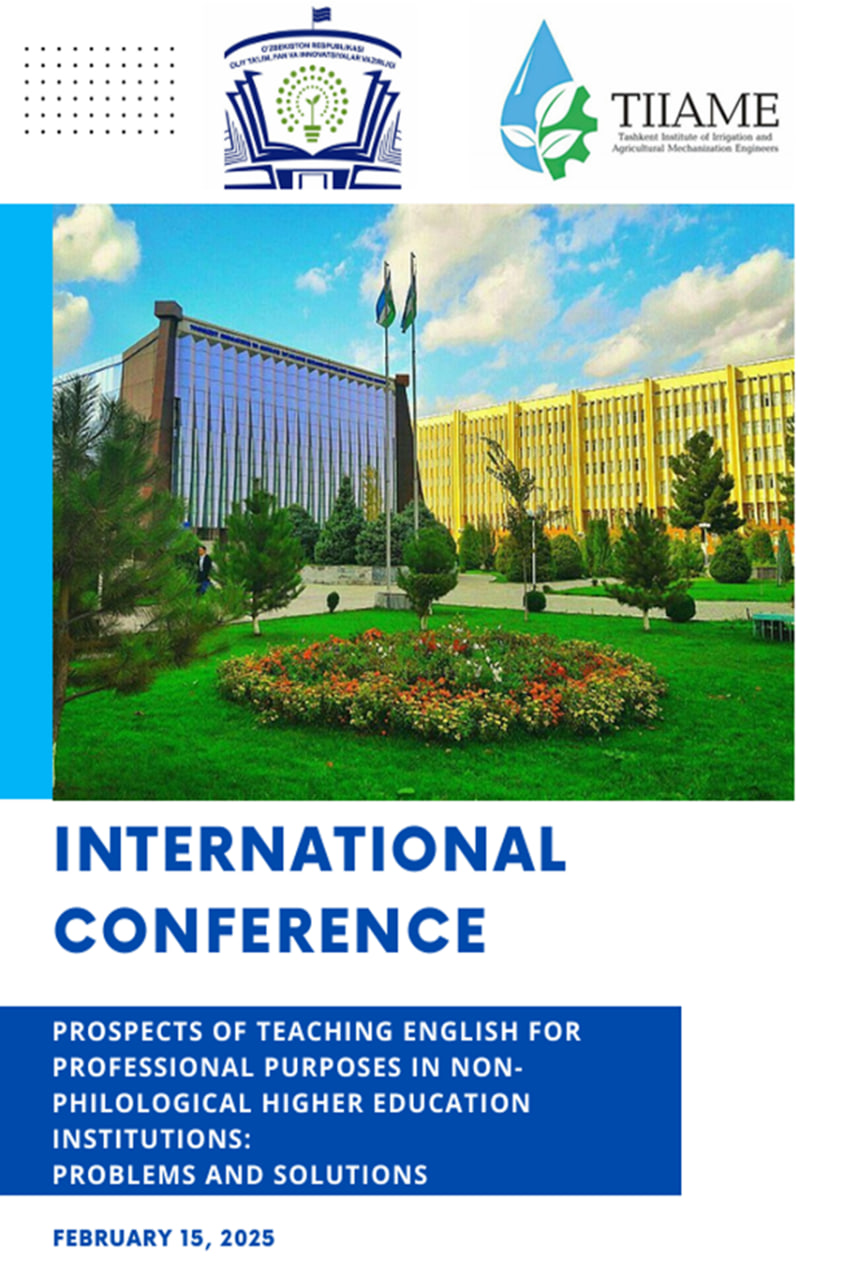THE METHODS OF ASSESSMENT THROUGH MOTIVATION AND GAMIFICATION
Keywords:
Motivation, Gamification, Assessment, Educational Games, Point Systems, Badges, Leaderboards, Challenges, Instant Feedback, Learning Engagement, Intrinsic Motivation, Extrinsic Motivation, Adaptive Learning, Educational Technology, Personalized Learning, Game-Based LearningAbstract
This article explores the methods of assessment through motivation and gamification, highlighting how these approaches are transforming traditional educational and professional evaluation systems. Motivation, both intrinsic and extrinsic, plays a pivotal role in encouraging engagement, while gamification—through elements like points, badges, leaderboards, and challenges—creates an interactive and immersive learning experience. The article discusses various gamified assessment strategies, such as point systems, badges, progress tracking, challenges, and instant feedback, illustrating how they not only foster motivation but also provide a more dynamic and personalized approach to evaluating learners' progress. By integrating these methods, the article argues that learners are more likely to remain engaged, persist in tasks, and ultimately achieve better outcomes. The study emphasizes the growing importance of gamification and motivation in shaping future assessment practices, offering insights into how these methods can improve both learning experiences and performance outcomes in diverse educational and professional settings.
References
Anderson, C. A., & Rainie, L. (2014). The Future of Gamification in Learning and Assessment. Pew Research Center.
Hamari, J., Koivisto, J., & Sarsa, H. (2014). Does gamification work? -- a literature review of empirical studies on gamification. 2014 47th Hawaii International Conference on System Sciences, 3025–3034.
Gee, J. P. (2003). What Video Games Have to Teach Us About Learning and Literacy. Computers in the Schools, 19(3-4), 1-22.
Surendeleg, G., Park, J. H., & Lee, G. (2017). A Survey of Gamification in Education: Effects of Gamification in Education. Contemporary Engineering Sciences, 6(3), 3-10.
Van der Meijden, A. (2004). The impact of interactive learning environments on the learner: A cognitive perspective. Learning and Instruction, 14(4), 343-366
Vakhobova, F., Musayeva, N., qizi Madaminova, S. A., Bakhronova, M., qizi Ziyadulloyeva, M. S., qizi Yuldashova, N. A., & Ergasheva, S. (2023). Linguocultural study of anthroponyms in irrelative languages (on the material of English and Uzbek epics). In E3S Web of Conferences (Vol. 420, p. 10029). EDP Sciences.
Tuxtayevich, K. I. ., Ahmatovna, P. S. ., Turgunbayevna, M. N., Rasulovna, R. M. ., Qizi, T. F. R. ., & Qizi, Y. N. A. . (2024). Different Approaches to Enhance Critical Thinking in Digital Education. SPAST Reports, 1(7). https://spast.org/ojspath/article/view/5086
Yuldashova , N. A. qizi, & Ziyadulloyeva , M. S. qizi. (2024). Essence of developing learners’ communicative competence. Golden Brain, 2(1), 572–575. Retrieved fromhttps://researchedu.org/index.php/goldenbrain/article/view/6050
E’Zoza, X., & Dildora, T. (2024). ENHANCING CALL (COMPUTER-ASSISTED LANGUAGE LEARNING) FOR EAP (ENGLISH FOR ACADEMIC PURPOSES) AND ESP (ENGLISH FOR SPECIFIC PURPOSES) STUDENTS. Science and innovation, 3(Special Issue 32), 773-775.
Teshaeva, D. (2024). THE HISTORY AND CURRENT STATUS OF COMPUTATIONAL LINGUISTICS. SCIENTIFIC APPROACH TO THE MODERN EDUCATION SYSTEM, 3(25), 189-191.
Published
Versions
- 2025-03-14 (2)
- 2025-03-07 (1)










